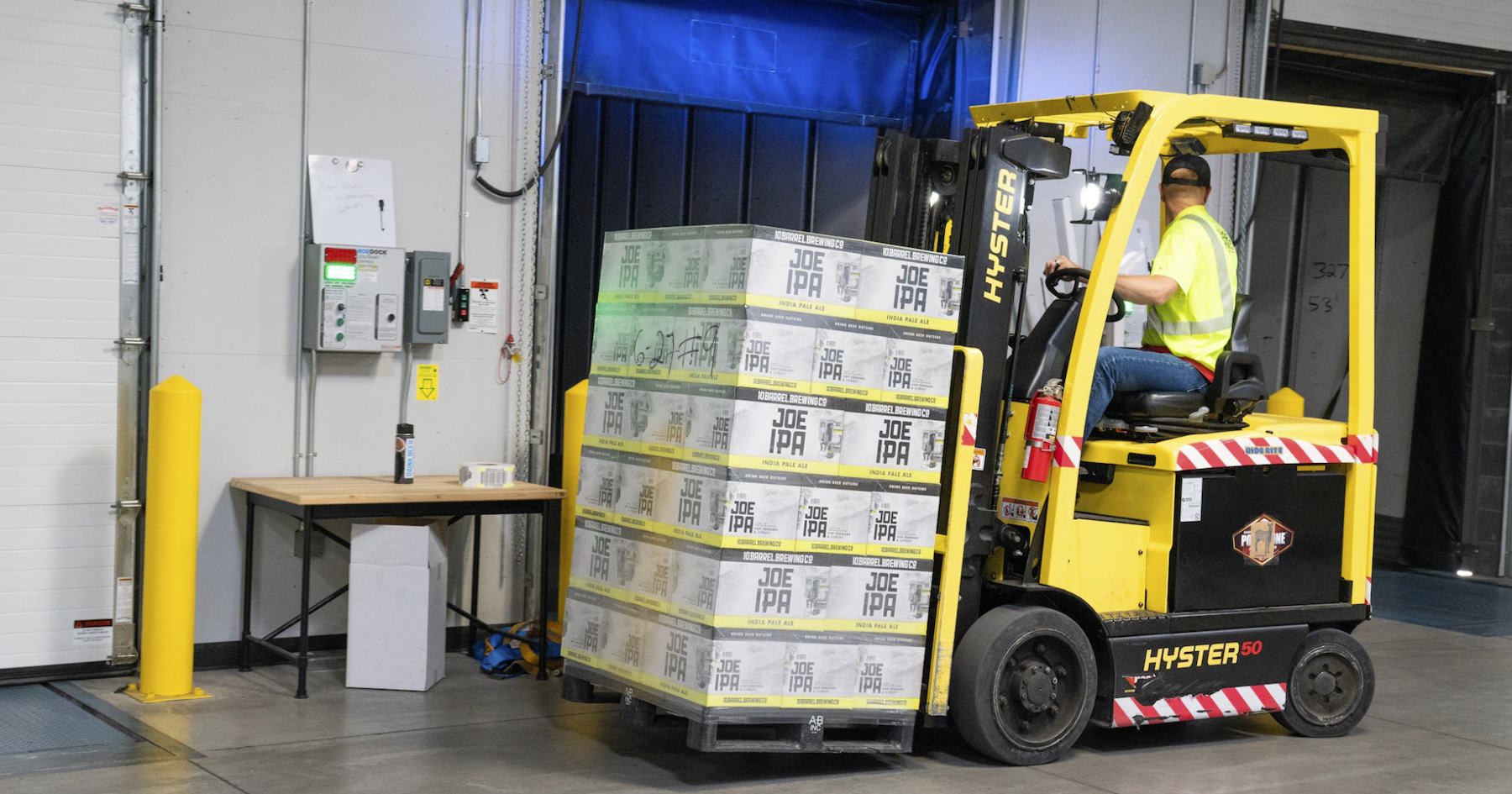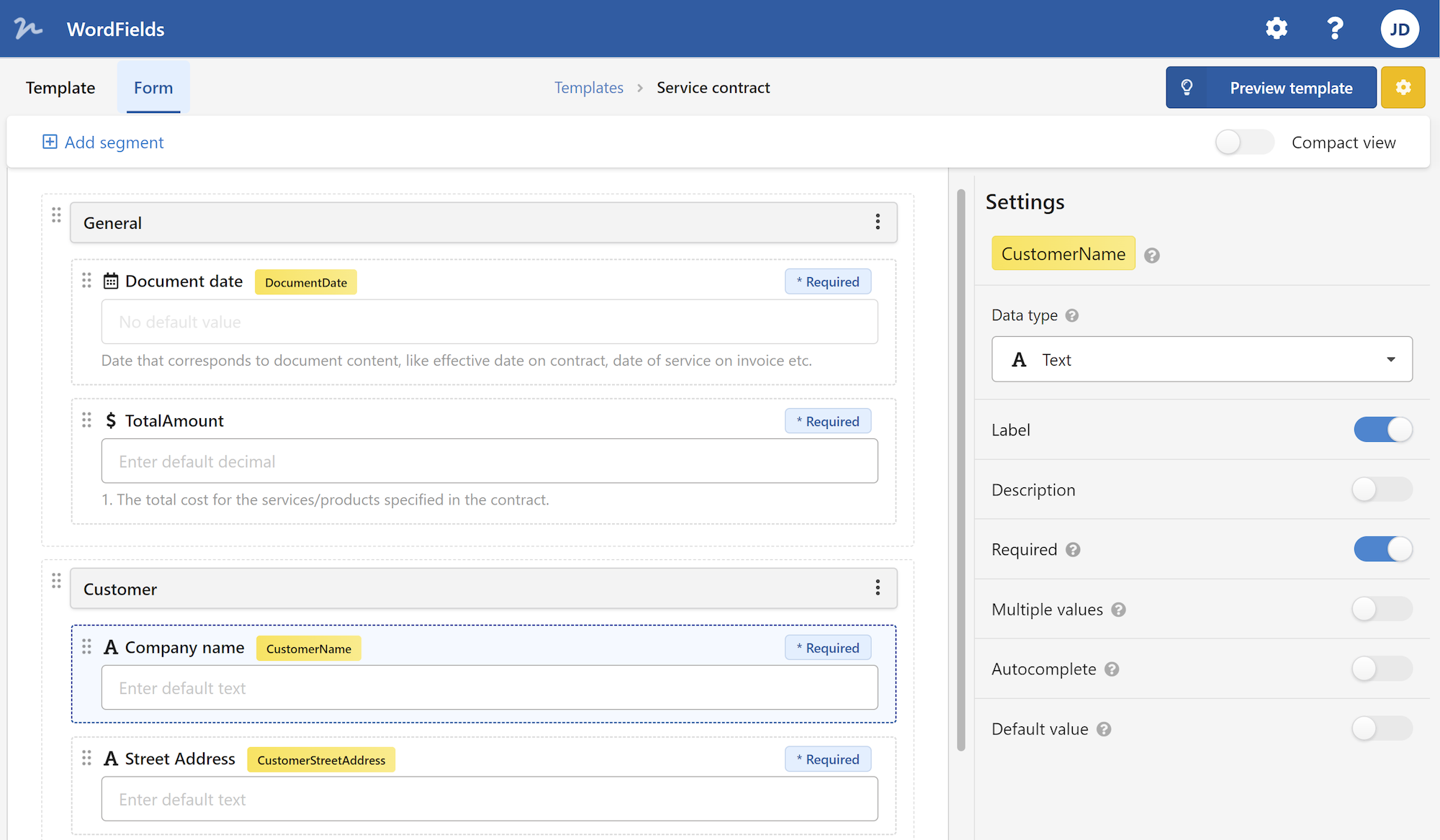
Creating a Standard Operating Procedure (SOP) template is an essential part of any business or organization. It provides a clear and concise set of instructions for carrying out specific tasks or activities, ensuring consistency, efficiency, and quality. In this article, we will explore the importance of an SOP template, discuss its key elements, and provide guidance on how to create an effective one.
The Significance of a Standard Operating Procedure Template
In today's fast-paced and competitive business environment, having well-documented and standardized processes is crucial. An SOP template serves as a reference guide for employees, ensuring that they have a clear understanding of the steps required to complete a task. It minimizes confusion, reduces errors, and enhances productivity.
Moreover, an SOP template promotes consistency across departments and teams, aligning everyone's actions with the organization's objectives. It provides a framework for training new employees, enabling them to learn and follow established practices quickly. This consistency also enhances customer satisfaction by ensuring that products or services are delivered consistently and meet the desired quality standards.
Key Elements of an SOP Template
Title and Purpose: Start your SOP template by clearly stating the title of the procedure and its purpose. This helps users quickly identify the document's relevance and understand its scope.
Scope and Applicability: Define the scope of the procedure, mentioning the departments, teams, or individuals for whom the document is applicable. This ensures that the information provided is specific and tailored to the intended audience.
Responsibilities and Roles: Clearly outline the responsibilities of each individual or role involved in the process. This helps to avoid confusion and ensures that everyone knows their tasks and accountabilities.
Procedure Steps: Break down the procedure into sequential steps, providing clear and concise instructions for each. Use bullet points or numbered lists to make the steps easy to follow. Include any necessary details, such as materials, tools, or software required for each step.
Troubleshooting and FAQs: Anticipate common issues or questions that may arise during the process and provide troubleshooting guidelines or frequently asked questions. This saves time by addressing potential roadblocks in advance.
References and Attachments: Include any relevant references, such as external guidelines, regulations, or internal policies. Additionally, attach any necessary forms, checklists, or templates that employees may need to complete the procedure.
Revision History: Maintain a revision history section to track any updates or changes made to the SOP template. This ensures that employees are always working with the most up-to-date version.
Creating an Effective SOP Template
Now that we have discussed the key elements of an SOP template, let's explore how to create an effective one:
Identify the Process: Determine the specific process or task for which you need an SOP template. It could be anything from onboarding new employees to processing customer orders.
Understand the Process: Thoroughly analyze and understand the process, its inputs, outputs, and the desired outcomes. This will help you identify the critical steps and ensure that the SOP template covers all essential elements.
Consult Subject Matter Experts (SMEs): Involve the individuals who are directly involved in the process, such as team leaders or process owners. Their expertise and insights will ensure the accuracy and relevance of the SOP template.
Standardize the Format: Use a consistent format for all SOP templates within your organization. This makes it easier for employees to navigate and understand the procedures.
Keep it Simple and Concise: Write the procedures in simple and easy-to-understand language. Avoid complex jargon or technical terms that may confuse the users.
Test and Refine: Pilot the SOP template by having a few employees follow the procedures and provide feedback. This will help identify any gaps, ambiguities, or areas for improvement.
Train the Users: Conduct training sessions to familiarize employees with the SOP template and ensure they understand how to use it effectively. Provide examples and practical exercises to reinforce their learning.
Conclusion
Standard Operating Procedure (SOP) templates are integral to the success of any business or organization. They provide a systematic and structured approach to completing tasks, ensuring consistency, efficiency, and quality. By following the key elements mentioned above and creating effective SOP templates, you can streamline your operations, enhance productivity, and achieve your organizational goals.
 WordFields
WordFields
